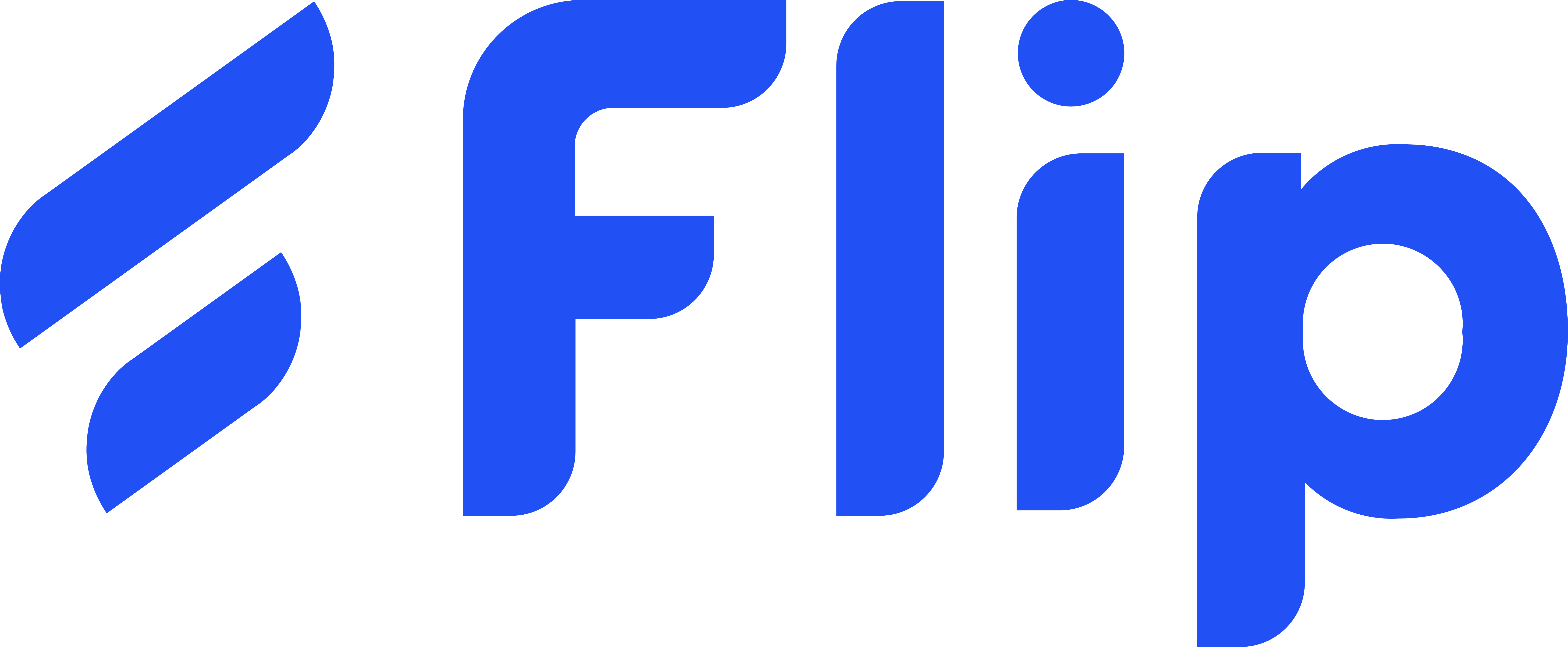| Product | |||
|---|---|---|---|
| Review & Ratings |
No reviews available |
No reviews available |
|
| Description |
Wrike, a dynamic project management platform, revolutionizes team collaboration with its user-friendly features. Designed for simplicity, Wrike empowers teams to plan, track, and manage projects seamlessly. The platform's customizable dashboards offer real-time insights, enhancing decision-making processes. Wrike's flexibility adapts to various work styles, making it suitable for diverse teams and... Read more about Wrike |
Flip is a dynamic team communication software designed to enhance collaboration and streamline interactions within organizations. Combining the best features of messaging apps, project management tools, and video conferencing platforms, Flip provides a unified space for teams to communicate effectively. Its intuitive interface supports real-time messaging, file sharing, and threaded conversations,... Read more about Flip |
|
| Free Trial |
14 Days
|
Available |
|
| Starting Price |
$10 Per Month |
||
| Category Features | |||
| Other Information | |||
| Deployment | Cloud Hosted | Cloud Hosted | |
| Devices Supported | Web-Based, iPhone, Android, Windows, Mac, | Web-Based, | |
| Pricing Model | Per User | Per Feature | |
| Support | 24x7 Support, Email, Phone, Chat, Knowledge Base | Email, Phone, Chat, FAQs/Forum | |
| Target Company Size |
Small-Business,
Midsize-Business,
Large-Enterprise-Business
|
Self-Employed,
Small-Business,
Midsize-Business,
|
|

